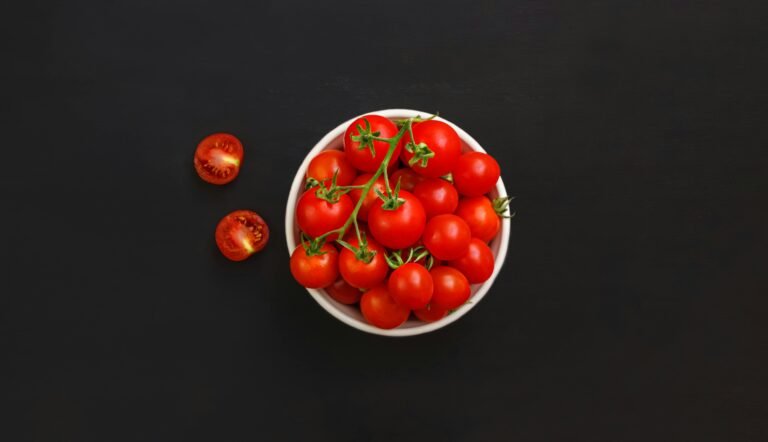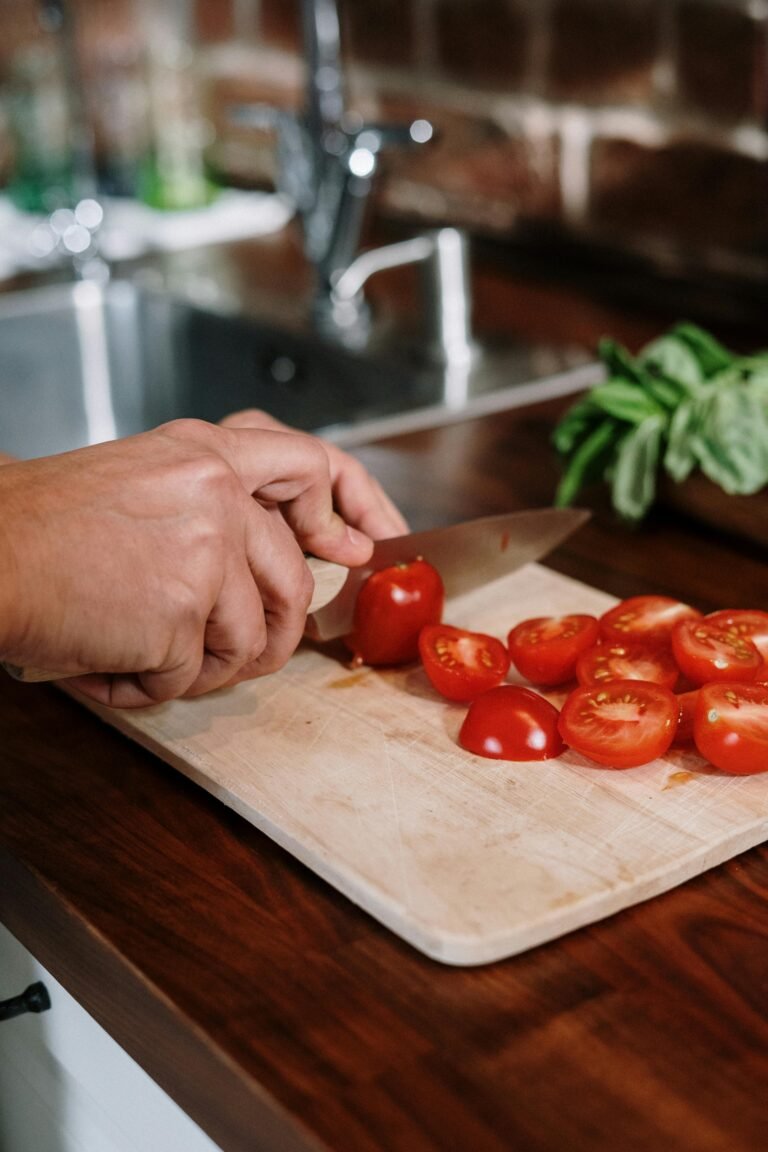Palm oil-free products: really good?
After the not completely truthful campaign against palm oil (read here to find out more), the wording ” without palm oil” is now everywhere in the supermarket: only Nutella resists, which also explained the reason for which continues to use this oil (read the article by Wired here), while the shelves are full of biscuits, snacks, snacks with the words “palm oil free” on the package, often in the foreground.
A lot of people have welcomed the emergence of these palm oil-free products as good news: ok, but is it really?
Which oils have they replaced palm oil with?
In my opinion, there are two things to consider in order not to fall into the trap of worse food choices than previous versions with palm oil. That is:
– the content of omega 6 fatty acids, especially inflammatory ones: not all polyunsaturated fatty acids are created equal; some are essential (LA / ALA), others are not. Some lower cholesterol, others increase the risk of inflammation and even cardiovascular disease (for example, arachidonic acid, AA).
Furthermore, the ratio between omega 6 and omega 3 fats (both polyunsaturated) must never be too high for the former. For optimal health,this ratio should be 5: 1. The problem is that in Western nutrition, the ratio is unbalanced at 15: 1, 16: 1 or even 18: 1. The reason is simple: from snacks to biscuits to farmed meat, many foods we consume have too many omega 6s and too few omega 3s. instead of palm oil (mostly saturated). Normal sunflower, corn, soy and safflower are for example oils very rich in omega 6. The omega6 / omega3 ratio of canola oil is a little better . Another good choice are monounsaturated fats: olive oil and high oleic sunflower oil. The latter also has a good smoke point.
– fat instability: saturated fats tend to go rancid less than polysanthide ones, therefore they are less subject to the action of free radicals. Oxidative rancidity is a process that leads to an alteration of the fat due to light, heat, exposure to air . Clearly, we know nothing of the moment that precedes the positioning of the products in the supermarket: how they are transported and previously treated. Also for this reason, it is better to prefer in the absence of palm oil, products with high oleic or highly oleic sunflower oil. Well (albeit in moderation) other sources of saturated fat as a replacement, such as coconut oil / butter.
After the not completely truthful campaign against palm oil (read here to find out more), the wording ” without palm oil” is now everywhere in the supermarket: only Nutella resists, which also explained the reason for which continues to use this oil (read the article by Wired here), while the shelves are full of biscuits, snacks, snacks with the words “palm oil free” on the package, often in the foreground.
A lot of people have welcomed the emergence of these palm oil-free products as good news: ok, but is it really?
Which oils have they replaced palm oil with?
In my opinion, there are two things to consider in order not to fall into the trap of worse food choices than previous versions with palm oil. That is:
– the content of omega 6 fatty acids, especially inflammatory ones: not all polyunsaturated fatty acids are created equal; some are essential (LA / ALA), others are not. Some lower cholesterol, others increase the risk of inflammation and even cardiovascular disease (for example, arachidonic acid, AA)
– fat instability: saturated fats tend to go rancid less than polysanthide ones, therefore they are less subject to the action of free radicals. Oxidative rancidity is a process that leads to an alteration of the fat due to light, heat, exposure to air . Clearly, we know nothing of the moment that precedes the positioning of the products in the supermarket: how they are transported and previously treated. Also for this reason, it is better to prefer in the absence of palm oil, products with high oleic or highly oleic sunflower oil. Well (albeit in moderation) other sources of saturated fat as a replacement, such as coconut oil / butter.





























+ There are no comments
Add yours